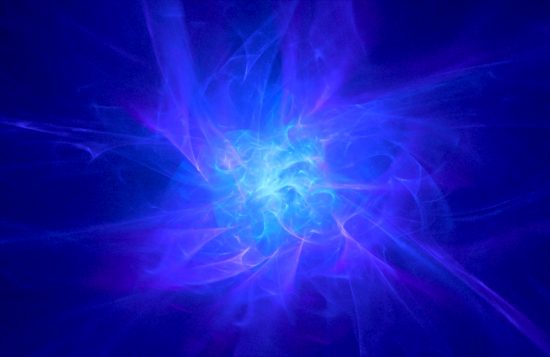
December 18, 2020
It’s common to hear people refer to “what science says.”
The usual assumption is that “what science says” is said indefeasibly. But the term ‘science’ has two conflicting senses: science as currently-accepted theory (CAT) and science as method. To conclude that method inevitably leads to CAT and, furthermore, that CAT is the end of science is to wallow in hubris. Both the history of science and the nature of cognition contradict such arrogance. The universe is large, and data both accumulate and can be arranged and valued in different ways. The discernment of orderly patterns in these mutable fields of data can result not only in refinements of a theory but in the wholesale replacement of a theory. In pursuing the questions raised by CAT, method is likely to overturn CAT.
In the competition between a CAT and its potential replacement, the two senses of science apply opposite standards of evaluation. From the viewpoint of science as CAT, the standard is conformity with the fundamental principles of the discipline. Any fundamentally-different theory will be seen as a “crackpot” idea: Half a century ago, fitting continents together like a jigsaw puzzle was ridiculous.
From the viewpoint of science as method, the standard is systematic exercise of cognitive skill: the discernment of orderly patterns in domains of experience. The distinction between fundamental and superficial differences is irrelevant: That continents can be fit together like a jigsaw puzzle was a clue to a new theory and recognition of a new phenomenon.
In the sense of method, particular theories are just tools, something with which to build a technology, to be replaced when experience and curiosity move on. All theories are “working hypotheses”, not Ultimate Truths.
I’ll use the Electric Universe Theory for an example. In the standards of CAT, it’s ridiculous. Four or five planets stacked one above the other on a common axis is, if not impossible, so far from the familiar and the expected that it’s laughable. Gravitational theory has come up with the orbit of SOHO, revolving around an empty spot in space. And Comet Shoemaker-Levy 9 stretched out in a line that might have mimicked the Saturnian polar configuration from one of its components. But if gravitational theory alone can’t quite say it’s impossible, the many interlocking connections with other disciplines makes it extremely unlikely.
In the standards of method, however, this is all merely argument from authority. Method is concerned more with process than with product. In the following, I’ll compare the method of the Electric Universe Theory with a list of standards developed by B. J. F. Lonergan in his book, Insight.
The Canon of Selection requires a theory to involve sensible, observable consequences. In accord with this, the data of the Electric Universe Theory are the words, written and spoken, of the myths of all cultures, their ritual and cultural contexts, linguistic associations and etymologies, and the associated artistic expressions such as pictographs, ceramics, and architecture. The Canon of Operations involves an accumulation of insights from observations, applications, and experiments. The Electric Universe Theory verifies the existence of expected themes from one myth and culture to the next. It modifies the generalization of those themes by the comparative removal of local embellishments and addition of common elements.
The Canon of Relevance is concerned with the intelligibility immanent in the data. The Electric Universe Theory derives its model from the structure of the common themes.
The Canon of Parsimony (called Ockham’s Razor in its simplistic form) requires that nothing be added to the data except the laws verified in the data. The Electric Universe Theory is limited to only the structure of common themes in the data. Note here that modifying the theory to make it compatible with theories of other disciplines would be a violation of this canon. Contrary to one’s first impulse that Ockham’s Razor requires cutting off those parts of the theory that are “added assumptions” to CAT, it instead requires strict independence from CAT.
The Canon of Completeness requires a theory to account for all the data. It’s precisely the Electric Universe Theory’s method of comparing all the myths of all cultures that reveals the common themes and their interdependent structure.
The conclusion is that science says two things. As CAT, it says the Electric Universe Theory is next to impossible. But as method, it says the Electric Universe Theory is a viable and valuable insight that presents the opportunity of enlarging the insights of other disciplines.
Mel Acheson












